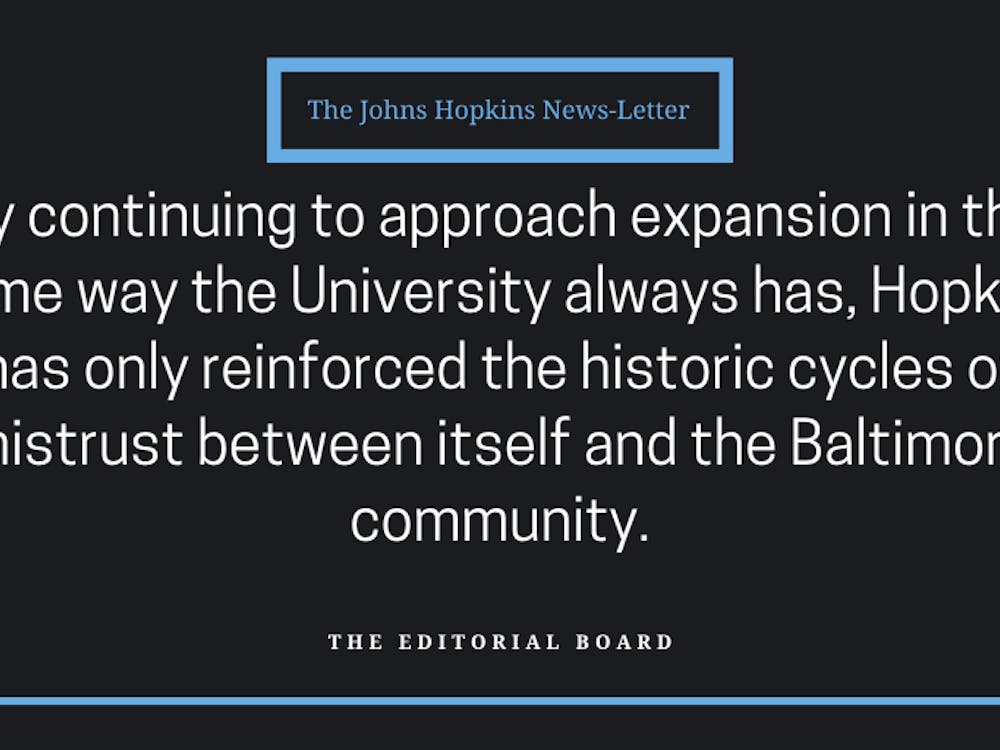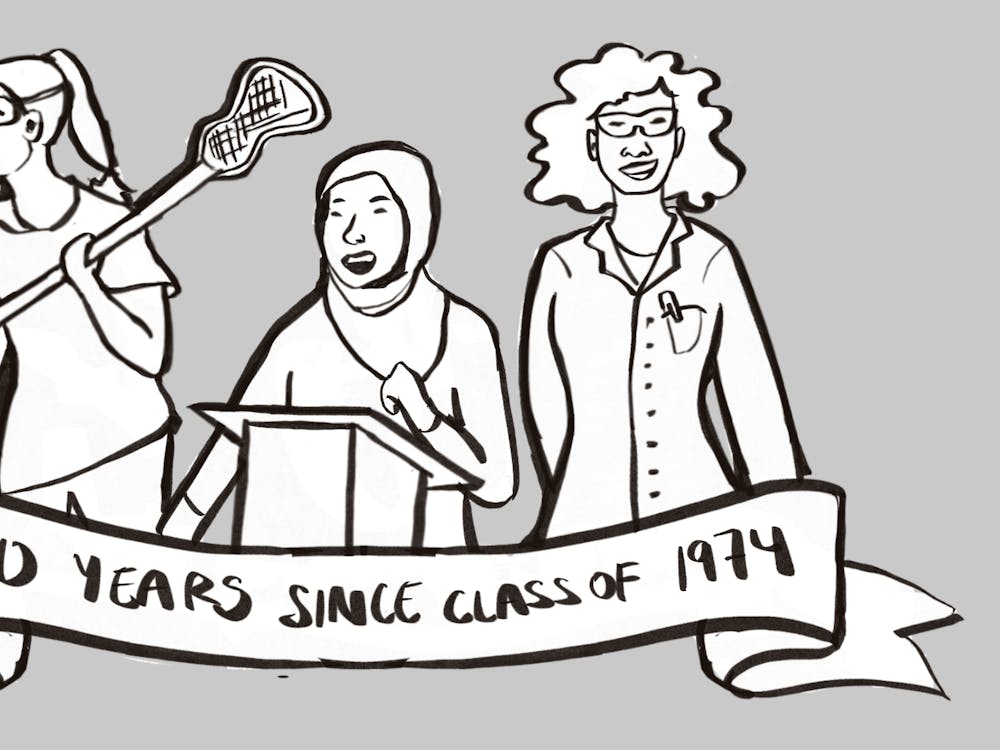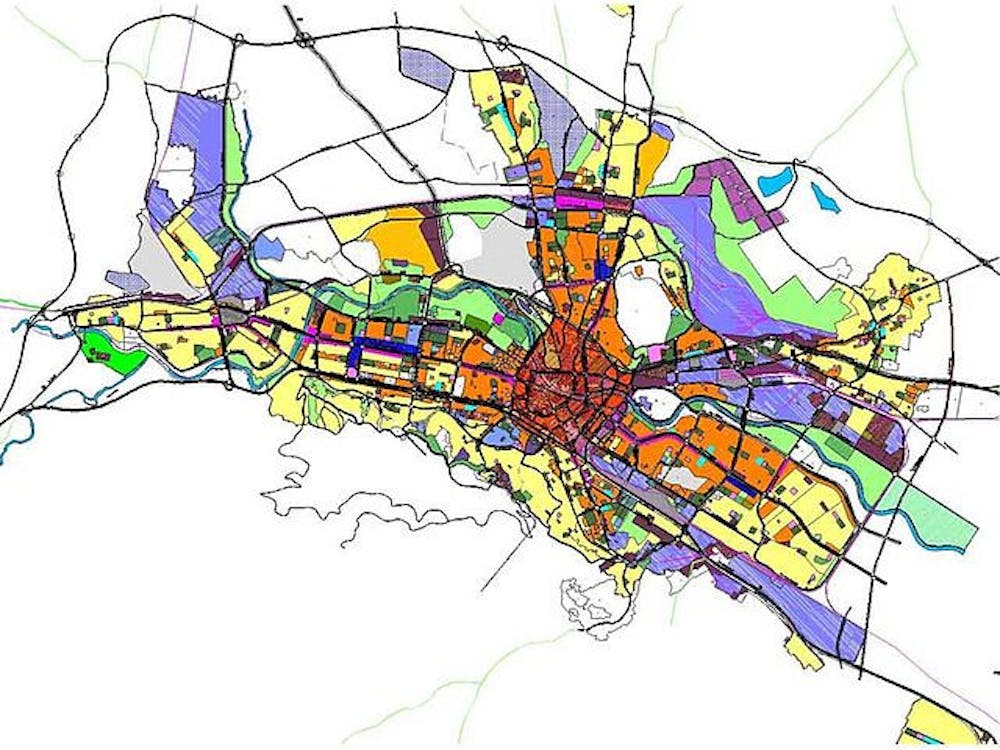Friday was a usual day for me. I woke up, went to class, had lunch and did some homework. It was not until dinner when a friend mentioned it was the admission notification day for Hopkins. To our surprise, our admission rate has decreased by nearly 3 percent. My friend even said, “Imagine what would happen in 10 years. Hopkins will have a 5 percent admission rate!”
Indeed, the University’s admission rate has been steadily decreasing. This year’s rate is 12.4 percent, last year’s was 15.1 percent and if we go way back to a decade ago, the admission rate was over 30 percent. In the short span of 10 years, our admission rate has more than halved. With the University’s Ten by Twenty program, it is highly likely that Hopkins will become even more selective in an effort to push the University to the top ten in the nation.
Then again, the increasing admission selectivity can be easily explained. First of all, there is a general rise in the number of students pursuing higher education in recent years. We have all heard of how everyone has a college degree nowadays, and college education might have depreciated as a result. The fact of the matter is that as more students pursue tertiary education, there will be more students applying to Hopkins.
Secondly, Hopkins has been overenrolled in recent years. For the last two consecutive years, there has been insufficient university housing for freshmen. Hopkins Inn had to be turned into a freshmen dorm, and some students have to room in triples that were designed to be doubles. In fact, Hopkins admitted 531 fewer students than last year. While it is completely understandable for the admissions office to admit fewer students due to overenrollment, perhaps we should not read too much into admission numbers.
Why do we pay attention to admission numbers anymore? On the one hand, admission rates do matter to a college’s overall reputation. The methodology of U.S. News & World Report in ranking universities includes “the ratio of students admitted to applicants,” and there is an inherent belief that the more selective a college is, the more prestigious it is.
On the other hand, admission rate is just a number. At a certain point, selectivity becomes irrelevant in determining whether a college has the best students or not. Colleges with similar admission numbers are essentially accessing the same pool of candidates; in the grand scheme of things, a 1 percent difference is hardly significant.
Just because an institute attracts a certain type of students does not mean that it is not on par with another. Hopkins students are blessed with the ability to pursue a liberal arts education even if they want to study engineering, but it would hardly be fair to compare our admission rate to that of a liberal arts college. Applicants’ self-selection plays a major role in determining a college’s admission rate.
We must also take into account the possibility that a college’s admission rate would reach saturation. As much as I wish to say that the University’s selectivity would increase infinitely, it will reach a limit. When a college’s admission rate decreases, some applicants might consider the school to be “out of their league” and shy away from applying to that institution. The admission rate’s decrease will slow down and eventually level out.
Does admission rate really matter? Using admission rate as a benchmark for a college’s selectivity has its merits, and we must also consider our natural tendency to equate selectivity to prestige. However, admission rate is constantly affected by outside factors such as the economy, and it would be a mistake to judge a college’s reputation by a number. Perhaps instead of just examining the quantity of students admitted, we should start caring about the quality of the admitted students.






















Please note All comments are eligible for publication in The News-Letter.